Rupee recovering
The only way to address the weakness of the rupee is to address the structural weaknesses of the economy.
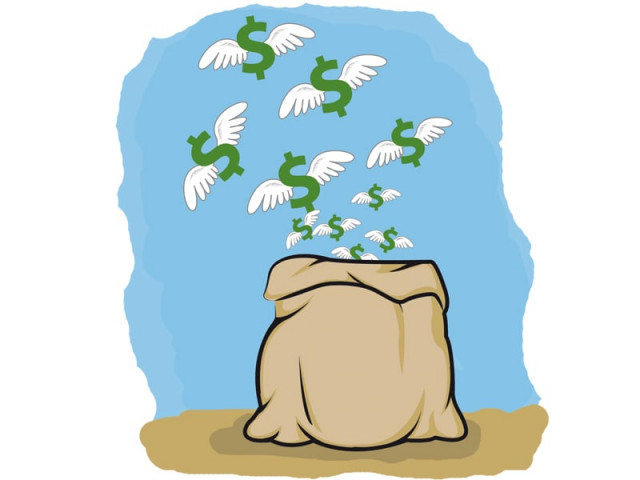
There was absolutely no reason why the government could not simply ensure that the rupee stayed at Rs108 to the US dollar rather than using unsustainable, adhoc measures to force it back to Rs100 to the dollar. PHOTO: FILE

Part of the reason, for instance, that the exchange rate has been falling is because payments for oil imports are no longer being made through the interbank market, instead relying on trade financing facilities. This is somewhat similar to a technique that the Musharraf Administration used during its tenure to keep the rupee stable around the Rs60 mark. The Nawaz Administration thinks it can do so again to keep the rupee stable, this time around, the Rs100 to the US dollar mark. They are wrong and about to make a potentially big mistake.
In the first instance, the Musharraf Administration’s real ability to keep the exchange rate stable was its luck in being able to increase foreign investment at roughly the same pace that the oil import bill went up. The Nawaz Administration has not been able to replicate this performance. Indeed, foreign investment inflows in the first few months of this government are even lower than the abysmal record set in the last year of the previous government. And in the second instance, there is a limit to how much the government can continue to make deferred payments for imported oil. Our horrible addition to credit has led the Saudis to already stop selling oil to us. But the government seems hell bent on ensuring that even Abu Dhabi and Kuwait, our two biggest suppliers of oil, cut us off as well. This then begs the real question: why exactly is the finance minister so fixated with a specific exchange rate? Having a stable exchange rate is a good policy goal. It gives predictability to businesses and helps curb inflation. But there was absolutely no reason why the government could not simply ensure that the rupee stayed at Rs108 to the US dollar rather than using unsustainable, adhoc measures to force it back to Rs100 to the dollar. What exactly has this appreciation of the rupee achieved? More importantly, what cost will the economy pay in the future for such a move?
Economists and market analysts are already calling the recent rally in the currency markets a ‘sentiment driven’ phenomenon that is not backed up by macroeconomic fundamentals. We tend to concur with that analysis, and fear that the government is setting itself up for a future crash of the rupee. But unlike the depreciation last year, this time around, the government will have far fewer resources to stem the tide. It will have exhausted its credit lines with oil exporting countries and it will have a far more precarious financial position that will severely curtail its limit to interfere with the market.
The reality is that the Pakistani rupee is a structurally weak currency and will continue to depreciate over time. This is because the government of the country absolutely refuses to set its own house in order by raising taxes from the wealthy and thus runs massive budget deficits. The government creates a hostile environment for investment, which results in more money wanting to leave Pakistan than wanting to come in. As a result, there is a greater demand for dollars and less of a demand for rupees. The only way to address the weakness of the rupee is to address the structural weaknesses of the economy. But judging by how the administration is running tax policy, energy policy, and a whole host of other economic management issues, it seems that the government has no appetite to fix the real problem any time soon.
Published in The Express Tribune, March 13th, 2014.
Like Opinion & Editorial on Facebook, follow @ETOpEd on Twitter to receive all updates on all our daily pieces.


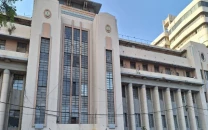


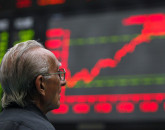

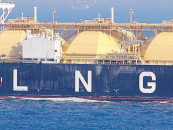

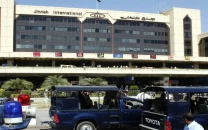
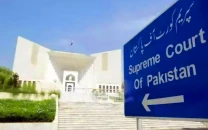

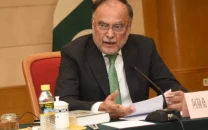
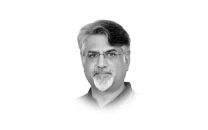





COMMENTS
Comments are moderated and generally will be posted if they are on-topic and not abusive.
For more information, please see our Comments FAQ